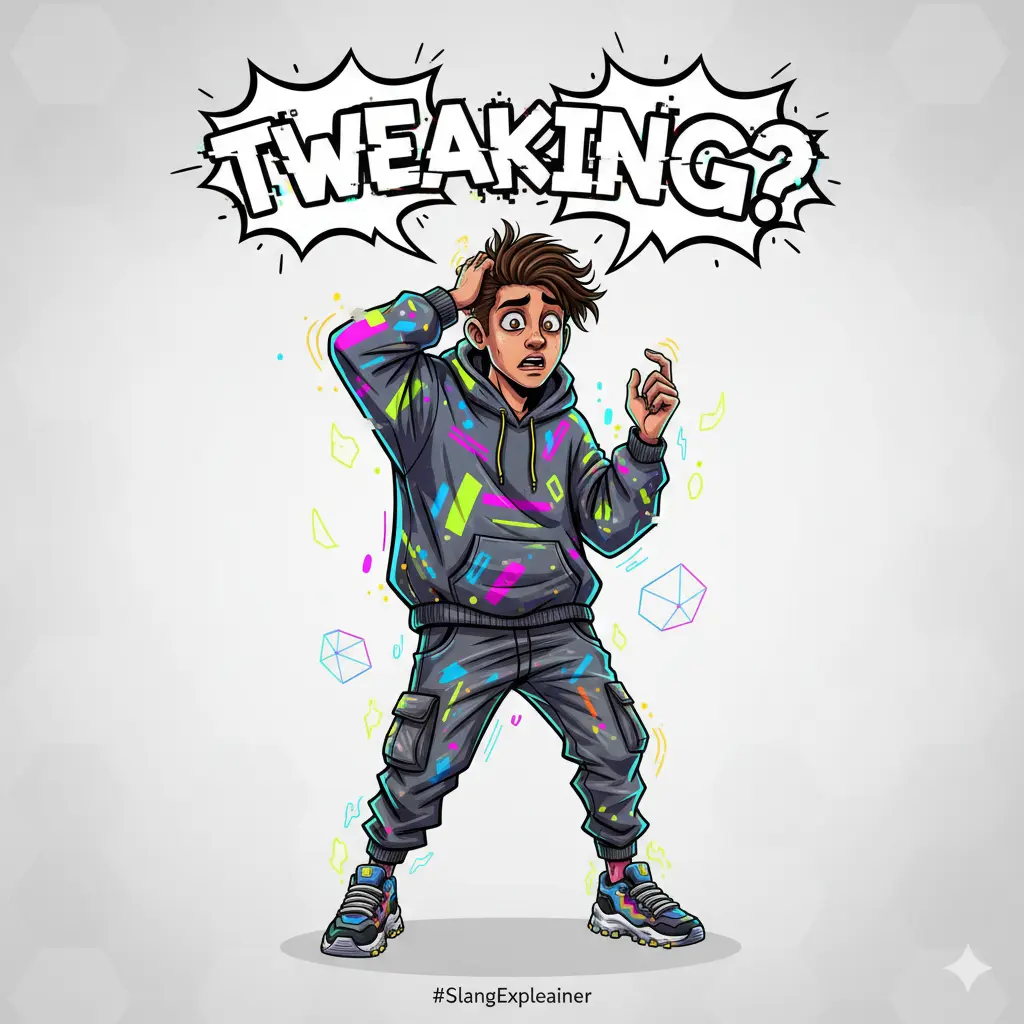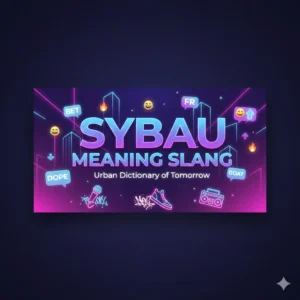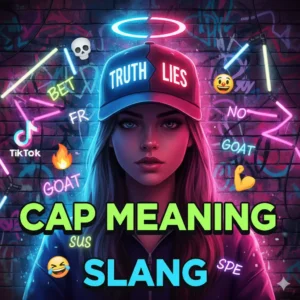Language is always evolving, especially youth slang. One of the most talked-about terms today is tweaking. But what does tweaking mean in slang? How is it used, and why should content creators, marketers, and social media enthusiasts care?
In this comprehensive guide, we’ll cover everything—from the origins of tweaking slang, pop culture references, examples from social media, to tips on using it for user engagement and Google ranking.
What Does Tweaking Mean in Slang?
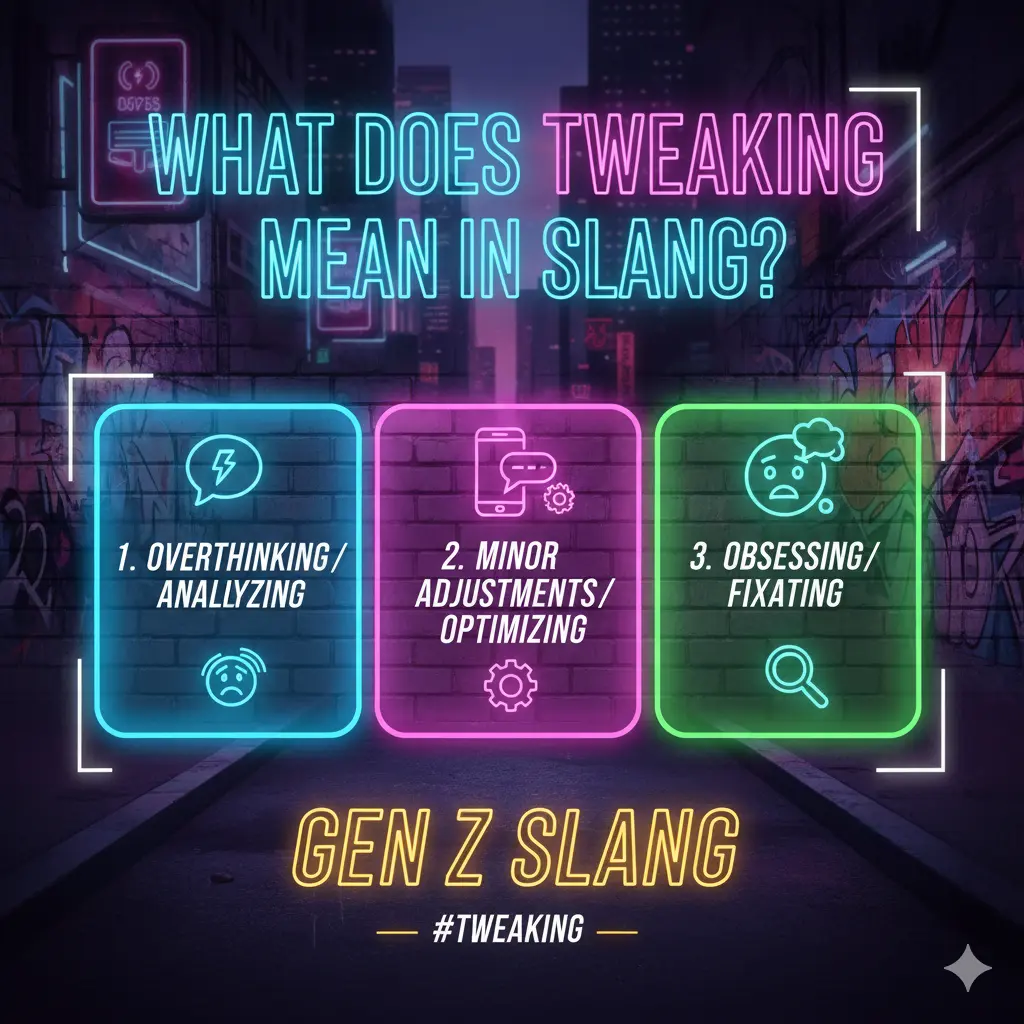
In slang, tweaking doesn’t just mean adjusting something slightly. Instead, it often describes someone acting hyperactive, anxious, unreasonable, or overreacting, usually due to stress, excitement, or even substances.
Examples:
- “Bro, he’s tweaking over that exam.”
- “She was tweaking all night after hearing the news.”
- “Stop tweaking, it’s not that serious!”
Understanding tweaking meaning slang is essential if you want to stay relevant in conversations, online content, or marketing campaigns.
Origins and History of Tweaking
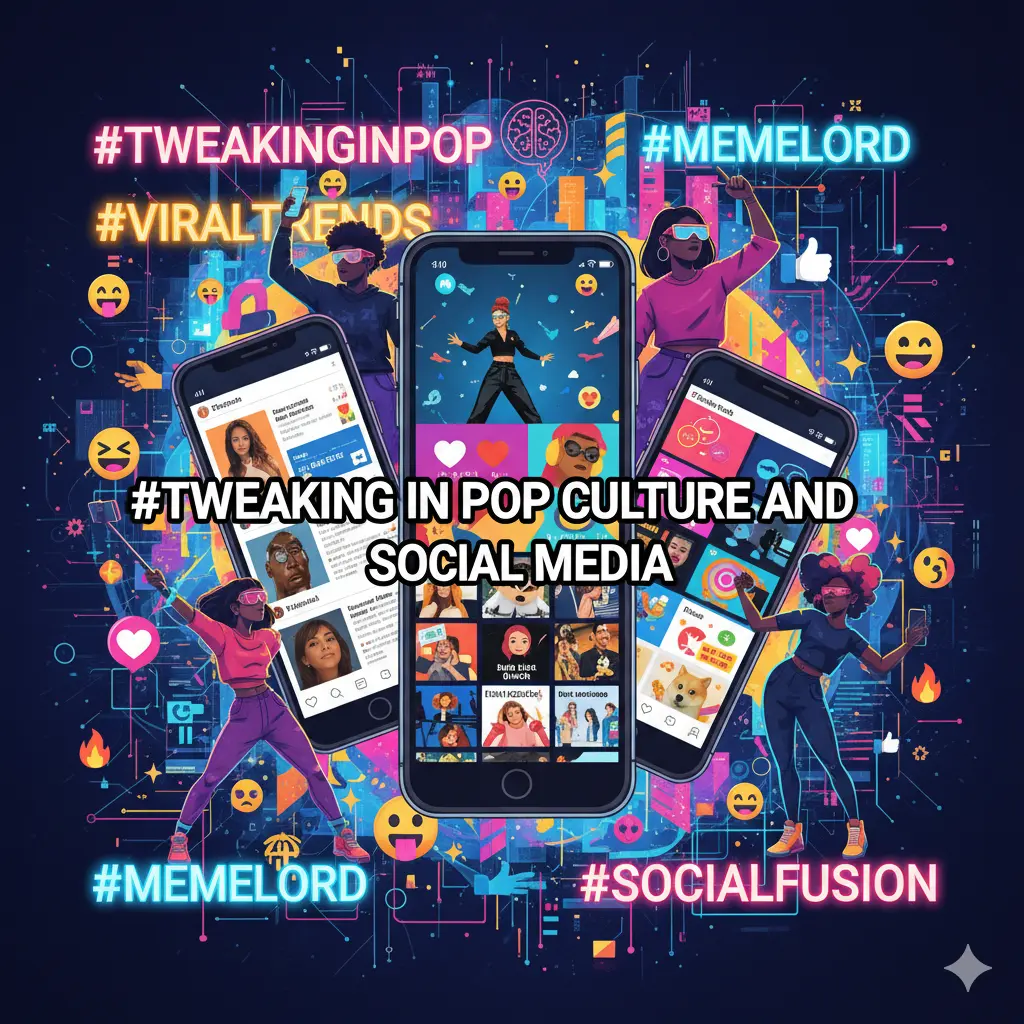
The term tweaking has roots in the drug culture of the late 20th century, particularly associated with stimulants like methamphetamine. Individuals on these drugs were described as “tweaking” due to hyperactive and erratic behavior.
Over time, the meaning evolved into general slang: it now describes overreacting, panicking, or acting anxious, without necessarily involving drugs.
Fun Fact: Early use of tweaking in pop culture appeared in rap music lyrics and 1990s teen movies, making it part of mainstream slang over decades.
Tweaking in Pop Culture and Social Media

Social media platforms like TikTok, Instagram, and Twitter have amplified trending slang like tweaking. The term is often used in memes, viral videos, and captions to describe exaggerated reactions.
Examples:
- Meme caption: “When you see your exam score and start tweaking 😱 #Relatable”
- TikTok trend: Users acting overexcited or unreasonable and tagging it as #tweaking
Using social media slang like this allows content creators to connect with audiences, increase engagement, and boost Google ranking.
How to Use Tweaking in Everyday Conversations
Here’s how to naturally incorporate tweaking slang:
- Texting and Messaging:
- “Stop tweaking, it’s just a small mistake.”
- “Stop tweaking, it’s just a small mistake.”
- Social Media Captions:
- “Me tweaking over Monday deadlines 😩 #Tweaking”
- “Me tweaking over Monday deadlines 😩 #Tweaking”
- Storytelling:
- “I was tweaking all night waiting for my exam results.”
- “I was tweaking all night waiting for my exam results.”
These examples make your content relatable, helping readers understand what does tweaking mean.
Variations and Related Slang
Slang constantly evolves. Other expressions similar to tweaking include:
- Freaking out – overreacting emotionally.
- Spazzing – playful overreaction.
- Tripping – panicking or overthinking.
- Going bonkers – extreme excitement or stress.
Including these variations improves SEO semantic relevance, helping Google better understand your content.
Why Tweaking Meaning Slang Matters
Writing about tweaking meaning slang is not just informative—it increases user engagement. Here’s why:
- Relatable content: Slang connects with youth audiences.
- Shareable material: Memes and examples encourage social shares.
- Freshness factor: Google favors content on trending slang for higher ranking.
Multimedia Suggestions
Adding visuals makes your article more appealing:
- Memes: Use viral examples showing someone “tweaking.”
- TikTok screenshots: Embed short clips or trending videos.
- Infographics: Timeline of slang evolution from drug culture to social media.
These increase dwell time, shareability, and user interaction.
Common Misunderstandings
Many people misinterpret tweaking:
- Not always drug-related.
- Doesn’t always mean angry; often just anxious or hyper.
- Can be playful depending on context.
Clarifying these points establishes authority and trust, which helps Google rank your content higher.
Examples of Tweaking in Pop Culture
- TV Shows: Characters overreact to exams, relationships, or minor problems.
- Movies: Teen comedies frequently use tweaking scenarios for humor.
- Memes and Tweets: Often exaggerate reactions for comedic effect.
Diverse examples make your content engaging and relatable.
How Tweaking Slang Evolves
Language online evolves faster than offline. Tweaking may gain new nuances depending on trends, regions, or online communities.
Tips to stay relevant:
- Monitor popular slang 2025 and emerging trends.
- Update articles to include new examples.
- Compare with past slang trends to show authority and depth.
Engagement and SEO Strategies
- Use keywords naturally: Include tweaking meaning slang, youth slang, and trending slang.
- Add LSI keywords: Examples: “viral slang terms,” “internet slang meaning,” “slang in youth culture.”
- Internal linking: Connect to articles about other modern slang words.
- Interactive elements: Polls or quizzes like “Which slang word describes you?”
- CTA: Encourage readers to comment their own examples of tweaking.
Final Thoughts
“Tweaking Meaning Slang” is more than just a trendy expression—it reflects how language keeps evolving with culture, lifestyle, and online communities. People use this slang to describe different situations, from feeling anxious or restless to being highly energetic or focused.
Understanding the tweaking meaning slang helps you stay updated with modern conversations, especially in social media, memes, and youth culture. So, next time you come across this term, you’ll know exactly how it’s used and why it’s becoming a popular part of today’s slang dictionary.

